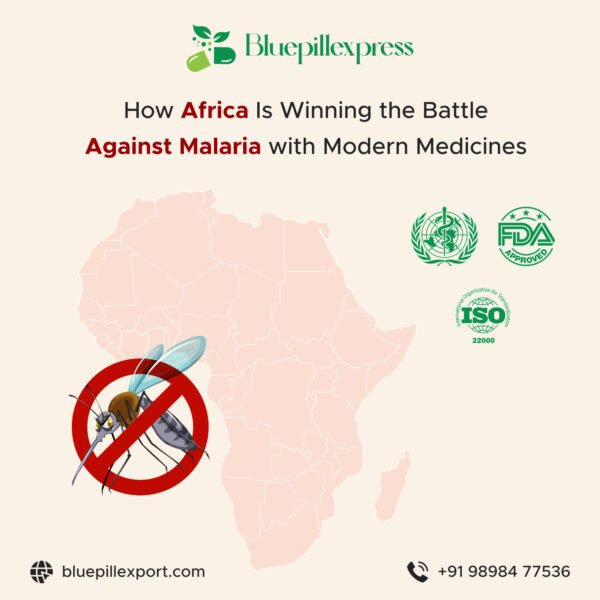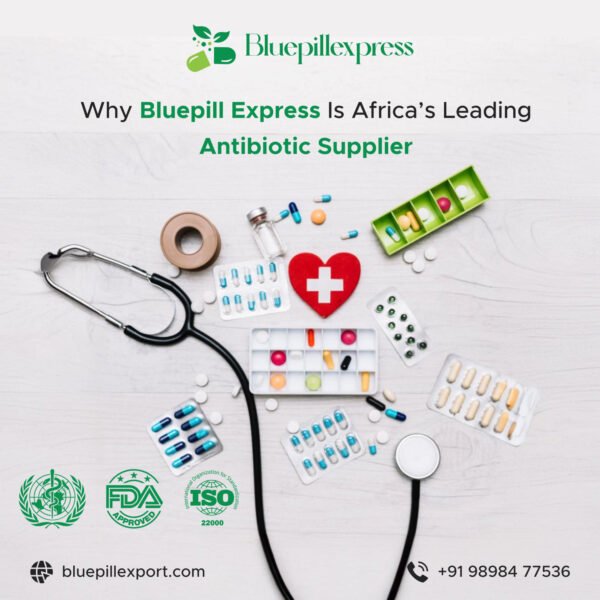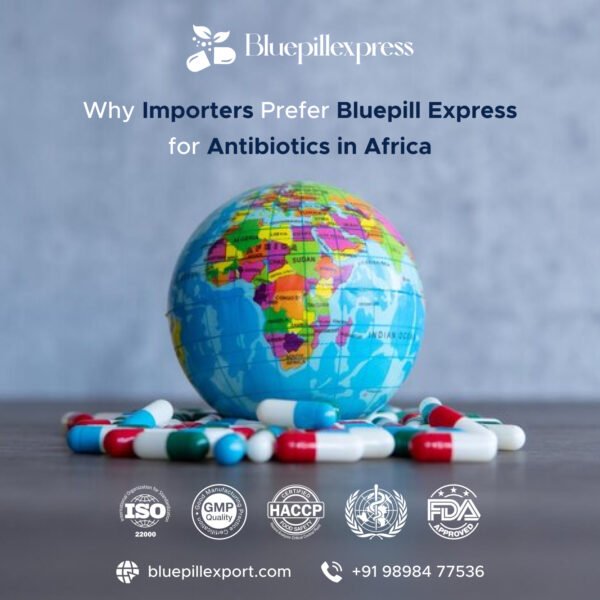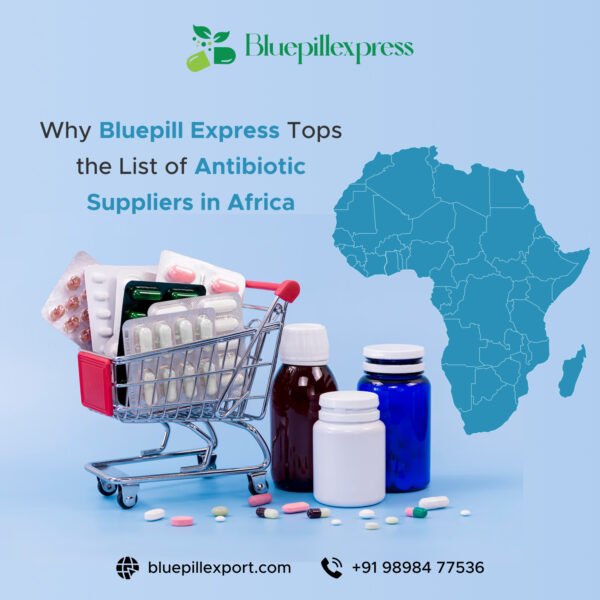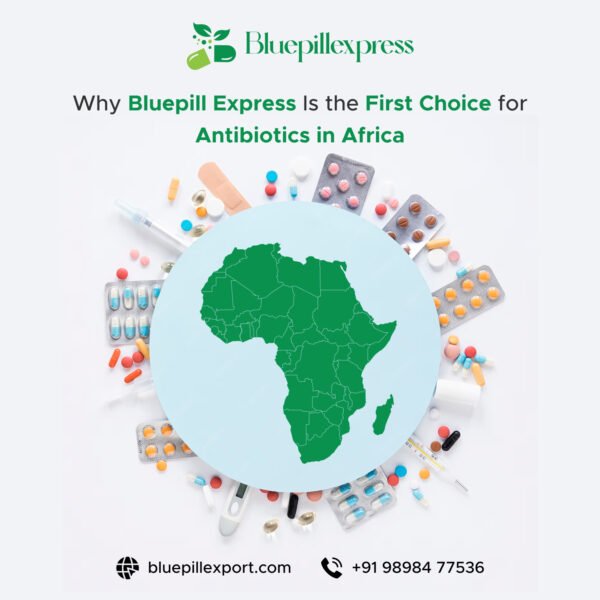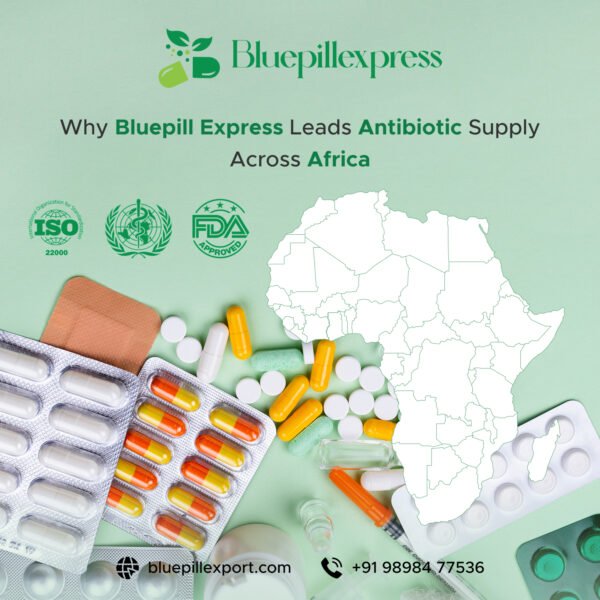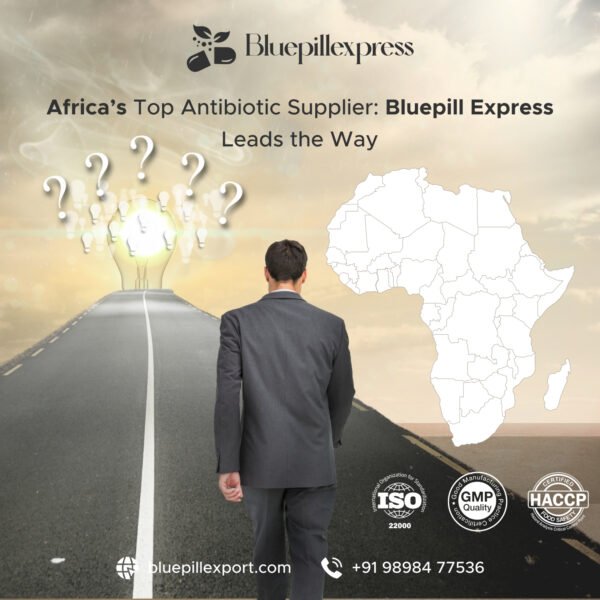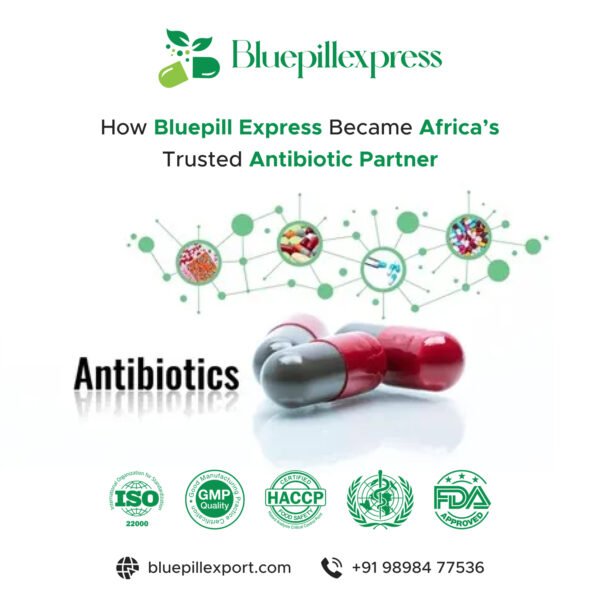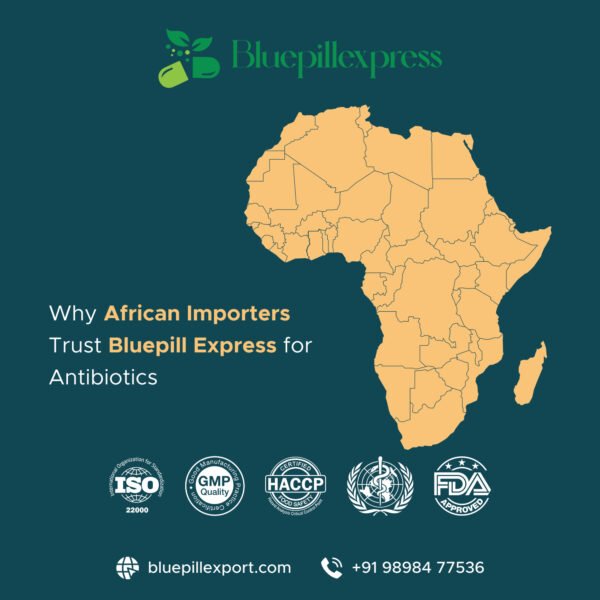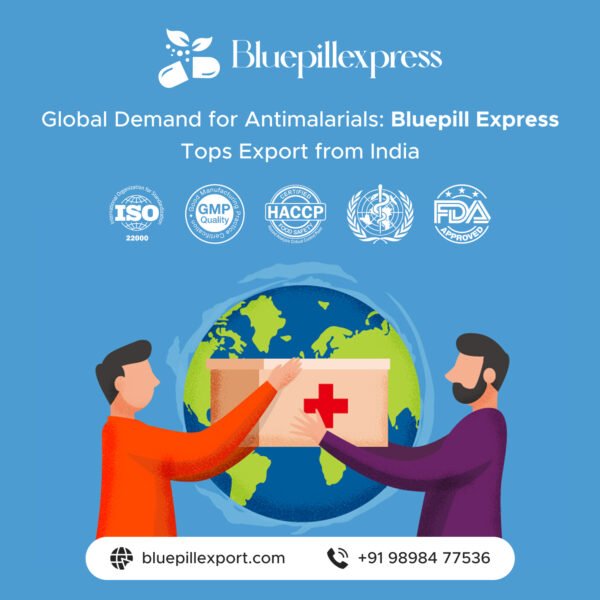The Role of Anti-Malaria Drugs in Saving Lives Across Africa
Malaria remains one of Africa’s gravest public health challenges. Despite progress over the past few decades, the continent still bears the overwhelming majority of global malaria cases and deaths. Anti-malarial drugs have been—and continue to be—central to reducing morbidity and mortality. From treating acute illness to providing preventive therapy, from simple older drugs to the latest combination therapies, drugs are a lifeline.
Yet, the battle is complex: resistance to drugs threatens to erode gains, access is uneven, and new medicines are expensive or still under development. This article examines how anti-malaria drugs are saving lives in Africa—what has and is working, what obstacles remain, and what the future looks like.
The scope of malaria in Africa and why medicines matter
- Burden: Africa accounts for roughly 90-95% of global malaria cases and deaths. Children under five and pregnant women are especially vulnerable. World Health Organization+2PubMed+2
- Role of drugs: Medicines are needed at multiple levels — treatment of uncomplicated and severe cases, preventive therapy during high-risk periods (seasonal or pregnancy), chemoprevention, and in outbreaks. Without effective drugs, malaria morbidity, mortality, and transmission remain high.
Core treatments: ACTs and derivatives
What are ACTs
Artemisinin-based Combination Therapies (ACTs) combine a fast-acting artemisinin derivative (e.g. artesunate, artemether, dihydroartemisinin) with a partner drug (like lumefantrine, piperaquine, mefloquine, amodiaquine, sulfadoxine-pyrimethamine, pyronaridine). The artemisinin acts quickly to reduce parasite numbers in the first few days; the partner drug clears the rest. World Health Organization+3World Health Organization+3World Health Organization+3
Impact of ACTs
- Widespread rollout of ACTs over the past 15 years has been a bedrock of malaria mortality reduction. They replaced many older drugs (e.g. chloroquine, certain antifolates) that had become ineffective due to resistance. PubMed+2pharmacy180.com+2
- ACTs are standard treatment for uncomplicated Plasmodium falciparum malaria and also for chloroquine-resistant P. vivax. For severe malaria, injectable artesunate (or derivatives) is used, followed by oral ACT when possible. World Health Organization+1
Six WHO-Recommended ACTs
WHO currently recommends six ACTs as first- or second-line treatments for uncomplicated P. falciparum malaria:
- Artemether-lumefantrine (AL)
- Artesunate-amodiaquine (AS-AQ)
- Artesunate-mefloquine (AS-MQ)
- Artesunate-pyronaridine (AS-PY)
- Artesunate + sulfadoxine-pyrimethamine (AS+SP)
- Dihydroartemisinin-piperaquine (DHA-PPQ) World Health Organization+2World Health Organization+2
Preventive drug regimens: Chemoprevention and intermittent treatment
Beyond treating illness, several drug-based prevention strategies are critical:
- Seasonal Malaria Chemoprevention (SMC): Administer full therapeutic courses during high-transmission seasons (especially in Sahel regions) to children aged roughly 3-59 months. It has shown substantial reductions in malaria incidence and hospitalizations among young children.
- Intermittent Preventive Treatment in Pregnancy (IPTp): Giving doses of antimalarial drugs (often sulfadoxine-pyrimethamine) to pregnant women at scheduled antenatal visits to protect mother and baby from malaria’s effects.
- Intermittent Preventive Treatment in Infants (IPTi) and other age-based preventive strategies are also under use or study in some settings.
These preventive uses of drugs save lives by averting severe disease, reducing low birth weight, anemia, neonatal mortality, and by reducing the overall burden that health systems must handle.
How anti-malaria drugs have contributed to saving lives: empirical evidence
- Reduction in deaths and severe cases: Where ACTs are used widely and early in clinics, deaths among children under five drop. Injectable artesunate has improved survival in severe malaria compared to older treatments like quinine.
- Declines in incidence after preventive regimens: SMC has documented reduction in clinical malaria among children during peak seasons. IPTp reduces maternal and neonatal risks (anemia, low birth weight, stillbirths).
- Economic and societal benefits: Fewer cases reduce burden on health systems, reduce hospital stays, allow parents to work, children to attend school, etc. Medicines are among the highest-impact interventions per dollar in malaria control.
Challenges: Resistance, access, cost, misuse
While drugs are powerful, several threats and obstacles exist.
Drug Resistance
- Artemisinin partial resistance has been confirmed in some East African countries (e.g. Rwanda, Uganda, Eritrea, Tanzania) as delayed parasite clearance after treatment. World Health Organization+2The Conversation+2
- Resistance to partner drugs is also a concern. If both artemisinin and the partner drug lose efficacy, ACT failure rates rise, undermining treatment. World Health Organization+1
- Older drugs like chloroquine and antifolates (sulfadoxine-pyrimethamine) have widespread resistance in many areas. PubMed+1
Access & affordability
- Some of the more effective ACTs or partner drugs are more expensive; many health systems rely on donor support. World Health Organization+1
- Supply chain challenges, stockouts, logistics, especially in rural or unstable areas, limit drug availability.
Misuse & diagnostics
- Without good diagnostics, there is over-use of antimalarial drugs (treating fevers presumptively), which increases pressure for resistance.
- Weak regulation in some places may lead to substandard or counterfeit drugs.
Other obstacles
- Health infrastructure (staff, clinics, cold chain etc.) may be weak.
- Geographic barriers, conflict zones, remote populations often have limited access.
- Cost constraints at patient point-of-care (even where drugs are “free,” additional costs or travel can be barriers).
WHO Strategy & continental responses
Because of these challenges, Africa (together with WHO, partner institutions) has been developing strategies:
- The WHO’s Strategy to Respond to Antimalarial Drug Resistance in Africa outlines objectives to improve detection of resistance, delay its emergence, limit spread, and preserve ACT efficacy. World Health Organization+1
- National and regional surveillance systems are being strengthened to detect treatment failures, genetic markers of resistance, and monitor drug efficacy. World Health Organization+1
- Adoption of multiple first-line therapies (instead of relying on just one) is advocated in many settings to reduce drug pressure. World Health Organization
- Research & innovation: developing new or modified drugs, novel combinations, single-dose cures, etc. Ensuring future medicines are safe, effective, affordable, and deliverable.
Emerging and promising new treatments
- Development pipelines include candidate compounds that may serve as alternatives to ACTs or reduce reliance on current partner drugs.
- Some trials focus on triple ACTs, or non-artemisinin based therapies, aiming for longer half-life partner drugs, fewer doses, easier compliance.
- Innovations in formulations (paediatric, single dose, injectable or long-acting) are particularly important.
Case studies: Where drugs have made a difference
- East Africa resistance detection: In Eritrea, Rwanda, Uganda, etc., detection of artemisinin partial resistance has prompted policy reviews and adjustments in treatment guidelines. Early identification is helping avert large-scale failures. World Health Organization+1
- Sahel region SMC campaigns: Use of SP+AQ in children during peak transmission months has prevented many cases and saved many lives.
- Pregnancy interventions: IPTp widely adopted in many countries, produces measurable reductions in neonatal deaths and low birth weight.
What more needs to be done: Recommendations
To maximize the life-saving potential of anti-malarial drugs across Africa, several areas need attention:
- Scale up surveillance — Genetic, therapeutic, and field surveillance for resistance; make data timely and public.
- Ensure access and affordability — Subsidies, donor support, local production, price negotiation.
- Strengthen diagnostics and care systems — Ensure that malaria is confirmed (e.g. via rapid diagnostic tests, microscopy) before treatment; reduce misuse; ensure health workers are trained.
- Diversify treatment regimens — Use multiple first-line therapies; prepare alternative combinations; have back-ups for partner drug failure.
- Invest in new drug research — Both for new compounds and for improved formulations/delivery.
- Integrate with preventive strategies — Drugs alone cannot solve malaria; combine with bed nets, vector control, vaccines, environmental measures.
Future outlook: Cautious optimism
- If resistance can be contained, and the new generation of drugs developed and deployed, the trajectory can continue downward in mortality and morbidity.
- Vaccines (RTS,S and others) will likely further reduce disease burden, synergizing with drug treatments.
- Political commitment, funding (both domestic and external), and partnership (governments, NGOs, private sector) are essential.
Conclusion
Anti-malaria drugs have saved millions of lives in Africa. Modern therapies like ACTs, preventive drug regimens (SMC, IPTp, IPTi), and timely treatment of severe malaria are major successes. However, threats such as drug resistance, access barriers, cost, misuse, and supply chain weaknesses could reverse gains.
The role of anti-malaria drugs does not end with treatment—it’s also about prevention, equity, innovation, surveillance, and integration with broader public health efforts. Given what has already been achieved, with the right commitment and resources, anti-malarial drugs will continue to be one of Africa’s strongest weapons in reducing disease burden and saving lives for years to come.

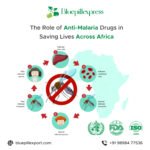
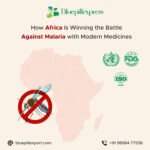
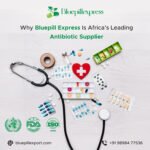
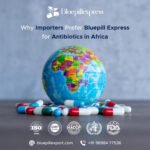
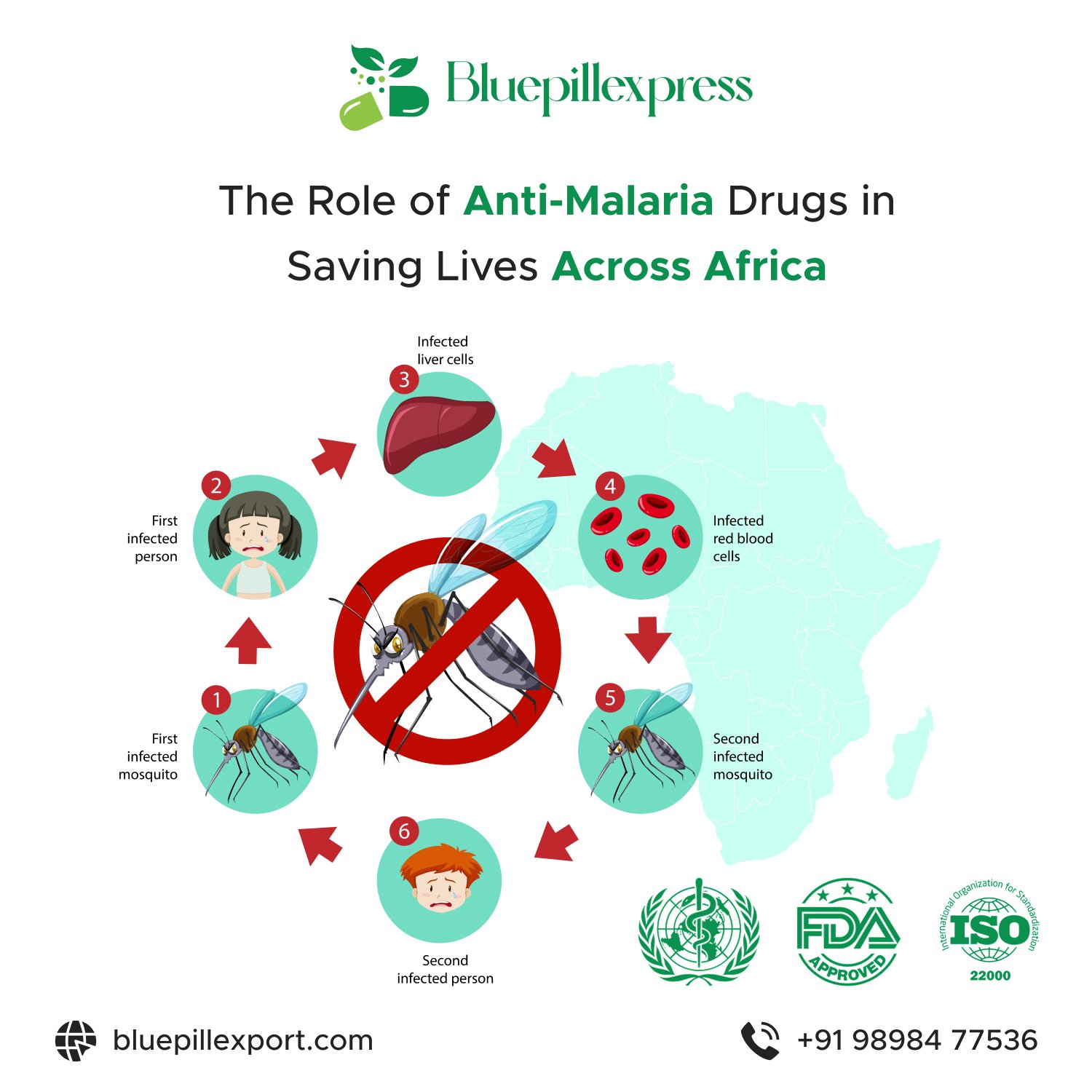
 IndiaMart
IndiaMart
 FIEO
FIEO
